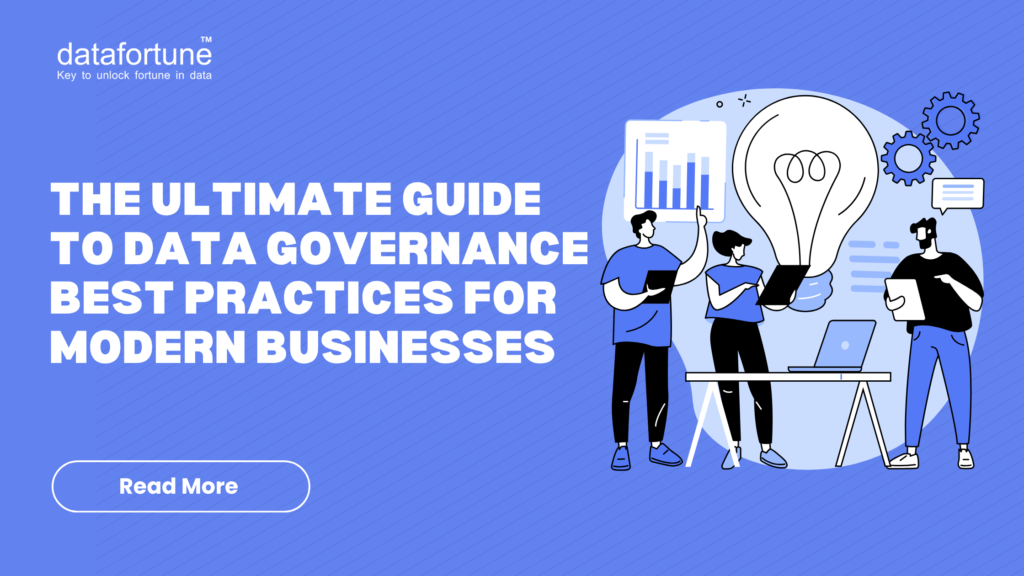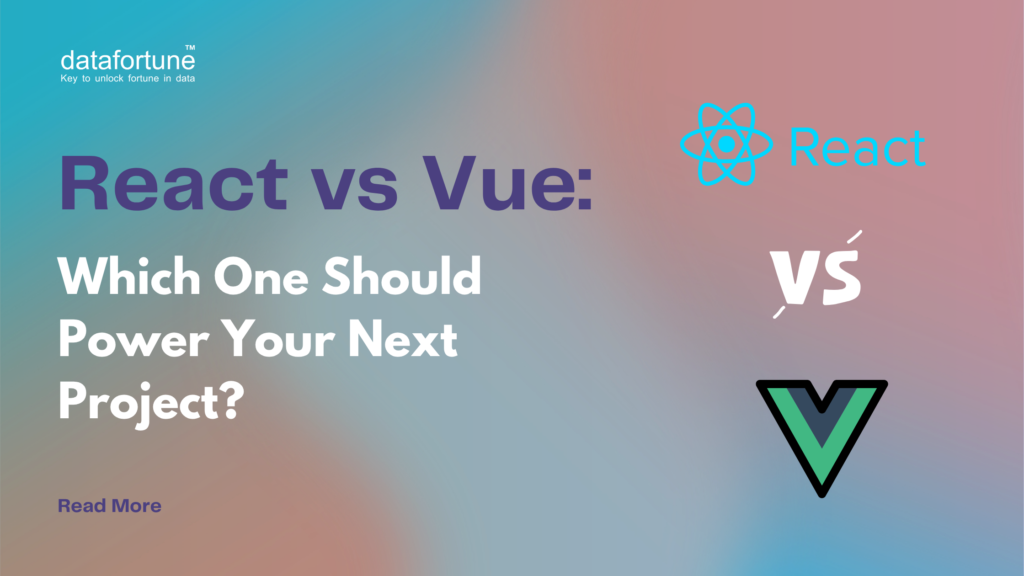The place where she worked every day, where she trusted her colleagues, had been quietly handing over information to some computer program. No permission asked! No heads up! Nothing. The worst part? She probably walked past the servers processing her data daily. She was completely clueless about what was happening behind the scenes.
When everything finally came to light, the hospital got hit with a massive €2.5 million fine, but the damage was already done.
This story is not limited only to one case. It’s becoming everyone’s story as AI gets hungrier for our personal data every single day. Let’s dive deep into the world of AI data privacy.
Why GDPR Alone isn’t Enough for AI Data Privacy?
There are many major challenges in the current privacy field, and they need prompt attention. Businesses are dealing with expensive financial penalties when AI breached data protection regulations, with recent fines reaching unparalleled levels. A majority of companies now depend on databases to manage customer data, yet most consumers remain deeply unsure about how organizations handle their sensitive data.
Advanced AI systems make this issue trickier by integrating sensitive data from various data points. Almost 50% of customers consider AI data collection a huge privacy threat, which is viable due to recent security incidents. Organizations report witnessing privacy breaches related to AI, while several employees daily input sensitive company’s data into AI tools without proper oversight. Regulatory bodies have responded with holistic frameworks presenting strict transparency requirements.
Understanding Modern AI Privacy Frameworks
We’re experiencing a shift toward smart regulation that classifies AI systems based on their real-world impact. High-stakes applications like medical diagnostics, loan approvals, and job screening tools now need strong security measures such as human oversight, risk assessments, and comprehensive documentation.
Transparency is a must for all developers. AI developers should now openly share details about their training procedures, including where they sourced data and when they gathered it. You can’t confirm if your personal data was utilized, but these disclosures help you make informed guesses about the possible usage.
Now developers need to build compliance into their DNA from day 1. Teams should now document everything from data sources, processing, methods to how they’re dealing with risks throughout their development journey.
Advanced Privacy-Preserving Technologies for AI
Differential Privacy: Mathematical Privacy Guarantees
Differential privacy can be an ideal solution to keep AI both useful and private. It adds exactly the right amount of noise to your data, sufficient to hide someone’s personal details but not so much that it ruins the ability of AI to learn patterns.
When deployed across vast networks, this method protects millions of users while still delivering exceptional results.
If you are using differential privacy, you need to find that perfect spot between privacy and performance, set up systems that work across various locations, and monitor your privacy budget so protection doesn’t weaken over time.
Federated Learning: Decentralized AI Training
Federated learning lets you train AI without moving sensitive data around. It is crucial for industries fighting with strict regulations where data simply can’t leave the building.
Recent breakthroughs show impressive speed improvements while keeping privacy rock-solid. The tricky part? You’ll need to handle different types of devices, keep communication smooth at scale, and protect against bad actors trying to game the system.
Advanced Encryption Methods
New encryption approaches let you run calculations on scrambled data. No decryption needed. Organizations can now team up on AI projects while keeping their valuable datasets completely locked down.
Implementing Ethical AI Frameworks
Transparency and Explainability Requirements
AI systems today are held to higher expectations when it comes to being clear and understandable. Rules now call for high-risk AI models to give meaningful explanations whenever their decisions could affect people’s rights. To make this possible explainable AI focuses on methods that break down how individual predictions are made, ways to study the overall behavior of the model, and practices that catch and reduce bias early and often during development.
Multi-Stakeholder Governance
Good AI governance depends o more than technical skills alone. Many teams are forming review groups that bring together voices from technology, law, ethics, and the wider community. These groups make sure bias is checked, privacy impacts are properly reviewed, and system behavior is constantly assessed with an ethical lens.
How to Build Compliance-Ready AI Systems
Privacy Impact Assessments for AI
When we think about Privacy Impact Assessments today, they have changed the AI applications to a greater extent. Modern PIAs need to tackle unique AI challenges that we see emerging.
- Model inference attacks where systems can actually reconstruct original training data
- Adversarial inputs that people design specifically to pull out sensitive data
- Bias amplification that affects different demographic groups in concerning ways
Data Governance Frameworks
Building effective AI privacy means we need holistic governance approaches. This usually includes:
- Data lineage tracking to follow information throughout the entire AI lifecycle
- Purpose limitation enforcement that stops people from reusing data in unauthorized ways
- Automated compliance monitoring to keep up with changing regulatory requirements
Technical Implementation Strategies
- When developers are building privacy compliant AI systems, there are various key technical approaches that really make a difference.
- Data minimization means we should only gather information that we actually need for specific, clearly defined purposes. This helps us avoid that tempting but risky approach of gathering lots of data now and figuring out what to do with it later.
- Privacy enhancing technologies can include powerful tools such as differential privacy, federated learning, or homomorphic encryption depending on what your particular situation needs.
- User empowerment is about giving people clear, easy to use privacy controls so they can actually understand, manage and delete their personal information when they want to.
- Security by design means building in strong encryption, proper access controls, and monitoring systems right from the very beginning of system development.
Learning from Real-World Privacy Failures
Clearview AI- The 30.5 Million Euro Lesson
When we look at Clearview AI’s 30.5 million Euro GDPR fine from Dutch authorities, it really offers essential insights for anyone developing AI systems. The company created a huge database containing over 50 billion facial images scraped from public web sources without getting proper consent, showing us how even seemingly public information still needs privacy protection.
Key Takeaways for Developers:
- Just because data is publicly available doesn’t mean it escapes privacy regulations
- Biometric information needs explicit consent and strong legal justification
- Company management can face personal liability when they deliberately violate privacy rules
- Transparency needs apply no matter what your business model looks like
Healthcare AI Privacy Breaches
Recent healthcare AI security incidents have revealed some serious vulnerabilities that we need to understand. DeepSeek’s exposure of over one million patient records defined how poorly configured AI systems can accidentally expose sensitive medial queries and diagnostic information. At the same time, Microsoft’s Copilot vulnerabilities showed us how AI assistants can actually be tricked into malicious data extraction.
These real-world cases really emphasize why we need healthcare specific privacy controls that include strong access management systems, proper encryption for medical queries, and very careful oversight when choosing AI-powered diagnostic tool vendors.
Final Thoughts
The regulatory maze keeps getting crazier, but here’s the thing that savvy organizations have figured out treating privacy like your superpower actually sets you up to win big in the long run. Looking at what’s coming in 2026, the winners will be the ones who stop seeing privacy as this annoying roadblock and start treating it as the foundation that actually makes their AI better and more trustworthy.
Want to turn your AI privacy game into something that leaves your competitors wondering how you do it? Contact us and we’ll help you build AI that people actually trust and love using.



